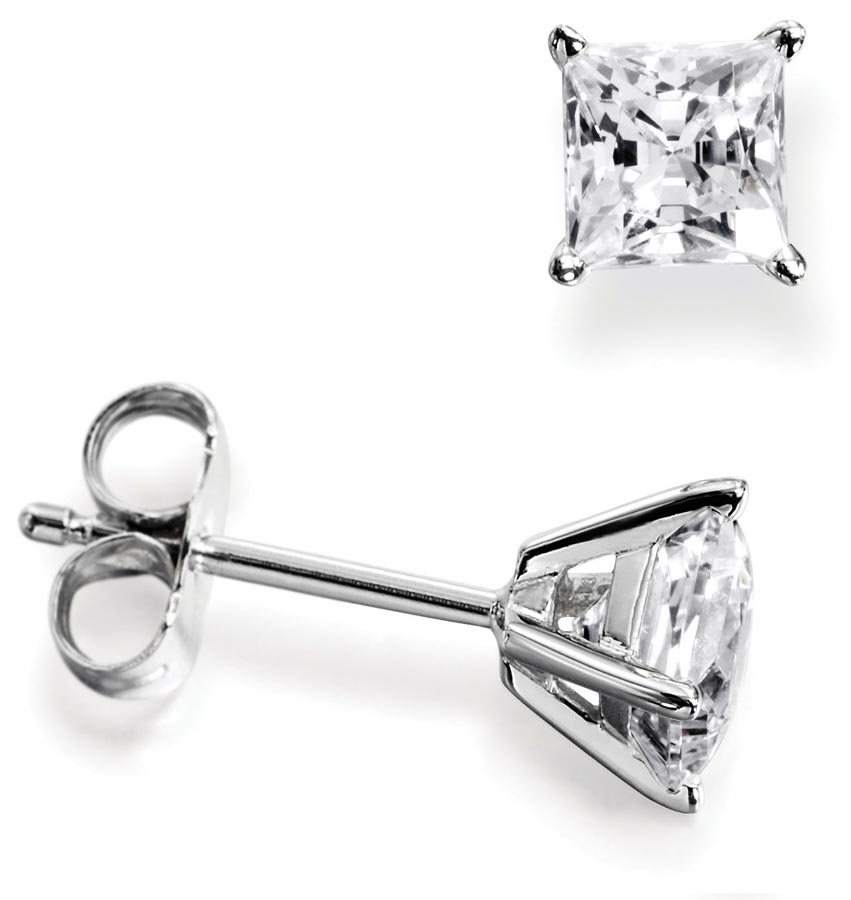Once thought to protect sailors on the open sea, aquamarine is now a popular and highly desirable
gemstone. If shades of blue and green are your thing, then this may just be the gemstone for you!
You may have heard of Aquamarine, but have you heard of Beryl?
Beryl is one of the most notable gemstone families and indeed it is the gemstone family to which
Aquamarine belongs. The Beryl family includes, among other gemstones, Emerald, Morganite,
Goshenite, Bixbite, Heliodor and Yellow Beryl. They all share similar properties to each other and
are largely differentiated upon colour and clarity characteristics. Aquamarine is arguably one of the
most popular stones in the Beryl family.
Here we outline below, the five C’s of Aquamarine:
Aquamarine Carat:
Aquamarine crystals can be found in many sizes, from very small to very, very large. Large stones
are widely available on the market and typically represent good value for money. If you like a large
rock on your finger, aquamarine may be a good choice for you.
Aquamarine Cut:
Aquamarine can be cut to a variety of shapes of which, emerald step-cut, oval and pear cut are the
most popular. This gemstone is also favoured by gem carvers due to its hardness and transparency.
A wide variety of shapes and cutting styles are readily available so this stone is perfect for those of
you looking for something a bit different.
Aquamarine Colour:
Aquamarine stones are renowned for their varying blue hues from pale, almost translucent blue to
a rich deep blue. The deeper and more intense shades are viewed as more desirable and generally
command the highest prices on the market. Colour is relevant to the wearer so the vast array of
shades available means that there is plenty of scope to find the perfect shade for you.
Aquamarine Clarity:
Unlike it’s cousin emerald, aquamarine is a Type1 gemstone, meaning that most aquamarine
gemstones are “eye clean” and therefore lack visible inclusions. Very clear stones are desirable as
aquamarine’s transparency and light colour, will reveal inclusions more easily and this can greatly
impair the overall beauty of a stone. Top quality aquamarine is always free of inclusions and often
the less clear stones are used for beads and carvings.
Aquamarine Cost:
Aquamarine can be cost effective. Typically the price of aquamarine is differentiated upon colour
and carat weight. The deeper and more intense the colour, the higher one will typically pay for an
aquamarine. This is great news for those of you that prefer a “sky blue” tone gemstone. As
aquamarines can be found easily in a variety of shapes and colours, it offers you plenty of choice
for your individual taste and budget.






